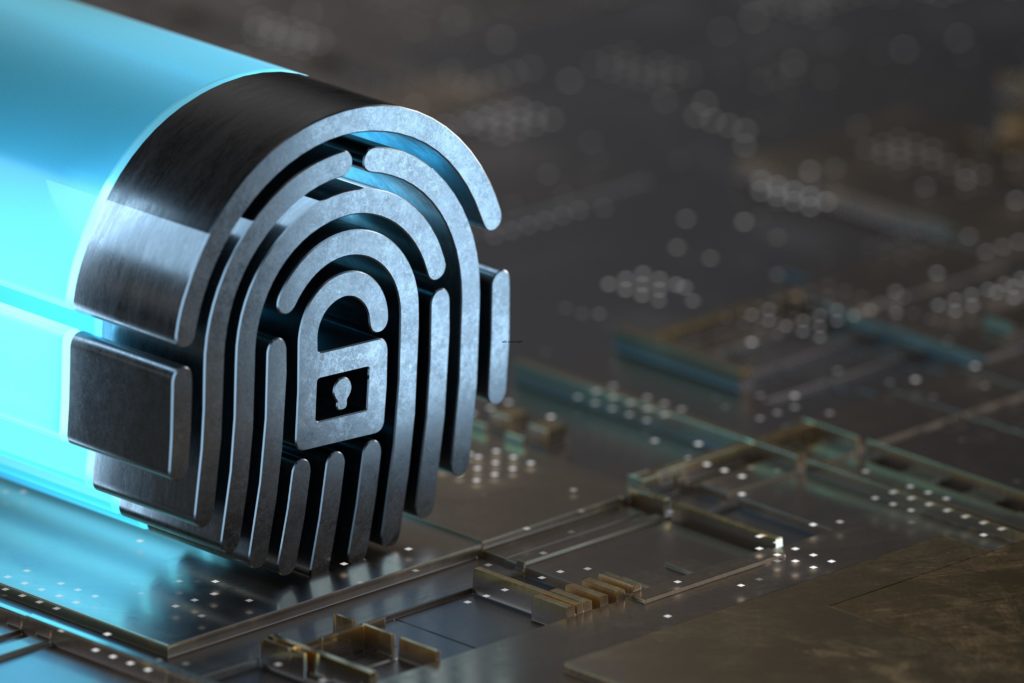It’s no secret that data breaches are becoming more and more common. In response, many organizations are now looking to implement or improve their cybersecurity risk assessments. But what is a cybersecurity risk assessment? And how can you ensure that yours is effective?
Conducting a cybersecurity risk assessment can be confusing, especially if you’re not sure where to start. In this article, we’ll outline the five main steps to know before conducting a risk assessment. We’ll also answer some frequently asked questions about risk assessments so that you can be prepared before getting started.
What is a CyberSecurity Risk Assessment?
A cybersecurity risk assessment is the process of identifying, assessing, and managing risks to your company’s digital assets. This includes understanding the potential impact of an attack, determining the likelihood of an attack occurring, and developing plans to mitigate the risks.
The goal of a CyberSecurity risk assessment is to help you make informed decisions about how to best protect your business from online threats. By understanding the risks associated with your company’s digital infrastructure, you can choose the right security measures to reduce the chances of an attack and minimize the impact if one does occur.
5 Steps to Perform CyberSecurity Risk Assessment

Cybersecurity risk assessments are an important part of protecting your business from online threats. By understanding the risks associated with your company’s digital infrastructure, you can make informed decisions about how to best protect your data and systems.
Following are five steps to help you get started with your risk assessment:
1. Establish a Cybersecurity Risk Management Framework
Before you can begin assessing your cybersecurity risks, you need to establish a risk management framework. This framework will act as the foundation for your risk assessment and will help you to identify and assess the risks associated with your company’s digital infrastructure.
There are many different frameworks to choose from, so be sure to select one that best fits your organization’s needs. The National Institute of Standards and Technology (NIST) has a good overview of different risk management frameworks, and the Cybersecurity Framework from the Department of Homeland Security is also a popular option.
2. Identify Your Cybersecurity Risks
Once you have a risk management framework in place, you can begin identifying your cybersecurity risks. This process involves understanding the potential impact of an attack and determining the likelihood of an attack occurring.
To identify your cybersecurity risks, you’ll need to gather information about your company’s digital assets and how they’re used. You’ll also need to understand the vulnerabilities that could be exploited by hackers and the risks associated with those vulnerabilities.
- After you have identified your organization’s risks, you will need to prioritize them. Not all risks are created equal, and some may be more critical than others.
- To prioritize your risks, you will need to consider the likelihood of a threat being realized and the potential impact of an attack or breach.
3. Assess Your Cybersecurity Risks

After you’ve identified your cybersecurity risks, you need to assess them. This involves estimating the severity of an attack and determining how likely it is that an attack will occur. There are a number of different ways to assess cybersecurity risks.
- One popular method is the National Institute of Standards and Technology (NIST) Cybersecurity Framework. This framework provides a structured approach for assessing cybersecurity risks and implementing controls to mitigate those risks.
- Another popular risk assessment method is the Control Objectives for Information and Related Technologies (COBIT). COBIT is a framework that provides guidance for assessing and managing information risks. It includes a set of control objectives that can be used to assess the adequacy of an organization’s controls.
Assessing your risks is important because it helps you to prioritize them based on their severity and likelihood. It also helps you to develop plans to mitigate the risks and reduce the chances of an attack occurring.
4. Mitigate Your Cybersecurity Risks
Once you’ve assessed your risks, it’s time to start mitigating them. This process involves implementing security measures to reduce the likelihood of an attack and minimizing the impact if one does occur. Following steps can help in mitigating your cybersecurity risks:
- Keep your software updated. Software updates often include security patches that can help protect your system from vulnerabilities.
- Use strong passwords and enable two-factor authentication when possible.
- Be careful about what you click on and download. Malicious emails and links are often used to spread malware and viruses
- Install a reputable antivirus program and scan your system regularly.
- Back up your data regularly. This way, if you are hit with ransomware or suffer a data loss, you will be able to recover your files.
- Educate yourself and your employees about cybersecurity risks and best practices. A little knowledge can go a long way in protecting your business.
- Work with a reputable cybersecurity firm to assess your risks and develop a plan to protect your system.
Cybersecurity risks are real and ever-present. By taking some simple steps, you can help mitigate those risks and keep your business safe. Mitigation measures can vary depending on your organization’s needs, but might include things like firewalls, antivirus software, encryption, and intrusion detection systems.
It’s important to remember that no single security measure can provide 100% protection, so it’s important to have a comprehensive security plan in place.
5. Review and Update Your Cybersecurity Risk Assessment

Cybersecurity risks can change over time, so it’s important to review and update your risk assessment regularly. This might involve revisiting your risk identification process, reassessing your risks, and implementing new mitigation measures as needed. The frequency of these updates will depend on the size and complexity of your organization, as well as the current threat landscape. Most experts recommend conducting a full assessment at least once a year.
If you experience any major changes in your organization (such as a merger or acquisition), you should update your assessment more frequently. Additionally, if you introduce any new technologies or change the way you use existing ones, this could also trigger the need for an update.
Final Thoughts
Cybersecurity risks are always changing, so regularly assess and update your risk assessment. By taking some simple steps, you can help mitigate the risks and keep your business safe.











